By Sarhind Times Bureau | New Delhi | October 20, 2025
Summary
Delhi woke up to a grey morning as the Air Quality Index (AQI) plunged to “hazardous” levels across parts of the National Capital Region. Thick smog blanketed arterial roads, school buses crawled through reduced visibility, and hospitals reported an uptick in respiratory complaints. As authorities reintroduce Stage I of the Graded Response Action Plan (GRAP), residents fear another suffocating season.
The Return of the Invisible Enemy
It’s mid-October, and Delhi’s skyline is once again wrapped in a toxic veil. By dawn, real-time sensors at Anand Vihar, Jahangirpuri, and RK Puram showed AQI readings hovering between 420 and 480—a level officially classified as “Severe.” Visibility on the Delhi–Meerut Expressway dropped to 250 metres, forcing police to issue traffic advisories.
By 9 a.m., the sun was a dull disc behind the haze. Commuters wore N95 masks not for COVID, but for carbon. “You can taste the air,” said Kavita Sharma, an office worker in Noida, rubbing her eyes. “Every breath feels heavier than yesterday.”
The Central Pollution Control Board (CPCB) confirmed that particulate matter (PM2.5) concentrations exceeded permissible limits by nearly nine times. The readings signalled an early onset of the annual smog crisis that typically peaks after Diwali.
Why the Spike Now?
Meteorologists point to a combination of stagnant winds, post-harvest stubble burning, and local emissions from construction and vehicles. The Indian Meteorological Department (IMD) reported wind speeds as low as 2 kmph, insufficient to disperse suspended particles.
Satellite data from the Indian Space Research Organisation (ISRO) detected over 1,800 stubble-burning incidents in Punjab and Haryana in the past week, nearly double the count from the same period last year. Fire radiative power readings show intense hotspots around Amritsar, Sangrur, and Patiala districts.
“It’s a perfect recipe: smoke from fields, moisture in the air, and no wind,” said Dr Gufran Beig, founder of SAFAR (System of Air Quality and Weather Forecasting and Research). “The inversion layer traps pollutants close to the ground.”
Government Response: Stage I of GRAP Reimposed
By Monday evening, the Commission for Air Quality Management (CAQM) directed immediate enforcement of Stage I of GRAP across Delhi–NCR. The measures include:
- Banning open burning of waste.
- Intensified mechanical road sweeping.
- Strict enforcement of dust control at construction sites.
- Restrictions on DG set usage.
If conditions persist or worsen, Stage II—curbing diesel generator use and increasing parking fees—will follow.
“The situation is being closely monitored,” said a CAQM spokesperson. “We are coordinating with Punjab and Haryana to curb stubble fires.”
Delhi Government’s Emergency Actions
Chief Minister Arvind Kejriwal announced deployment of anti-smog guns at 50 major intersections and extension of the “Red Light On, Gaadi Off” campaign. The government is also considering reinstating the odd–even vehicle scheme if AQI stays above 400.
Delhi’s Environment Minister Gopal Rai held an emergency press conference:
“We can’t control wind, but we can control behaviour. Citizens must cooperate—don’t burn leaves, don’t use firecrackers, and report violations.”
Officials also promised to sprinkle treated water on arterial roads, though environmentalists dismiss it as a symbolic gesture.
Hospitals Under Pressure
City hospitals are already witnessing the impact. Sir Ganga Ram Hospital reported a 20 percent rise in respiratory emergencies within 48 hours. AIIMS Delhi said OPDs saw a sharp spike in asthma, bronchitis, and eye irritation cases.
“Children and elderly patients are most vulnerable,” said pulmonologist Dr Arvind Kumar, founder of Lung Care Foundation. “We advise avoiding outdoor activity between 6 a.m. and 10 a.m. when pollution peaks.”
Pharmacies across South Delhi confirm shortages of N95 masks and air purifier filters. Sales of anti-allergy medicines and nasal sprays have doubled since last week.
Citizen Sentiment: Frustration and Fatigue
Social media platforms flooded with photos of hazy skylines captioned “Smog City 2025.” On Reddit and X, users debated whether to leave Delhi permanently. “Same story, different year,” one post read.
Parents expressed outrage as schools remain open. “We are sending our kids into a gas chamber,” said Radhika Malhotra, mother of a Class 4 student. Resident Welfare Associations (RWAs) across Gurugram and Noida have demanded a temporary shift to online classes.
“Every Diwali we talk about pollution, then forget,” remarked Amit Tandon, stand-up comic and city resident. “Delhiites have more air purifiers than green parks.”
The Science of Suffering
Air pollution is not a seasonal inconvenience—it’s a year-round health hazard. The State of Global Air Report 2024 ranked India as the country with the highest number of pollution-linked deaths—estimated at 2.1 million annually. Delhi’s PM2.5 levels average 110 µg/m³, far above the WHO limit of 5 µg/m³.
“This is not air—it’s poison,” said Dr Randeep Guleria, former AIIMS Director. “Long-term exposure reduces lung capacity even in healthy adults and contributes to heart disease, diabetes, and cognitive decline.”
Researchers at IIT Kanpur’s Air Lab estimate that if Delhi maintained safe AQI levels year-round, average life expectancy could increase by 9 years.
Environmental Governance: A Blame Game
The annual pollution crisis has turned into a political ritual. Delhi blames Punjab’s stubble burning, Punjab blames lack of Central support for alternative crops, and the Centre cites “urban emissions.” This circular blame leaves citizens gasping.
Punjab Chief Minister Bhagwant Mann defended his state, stating that “farmers are adopting decomposers but need subsidies for machinery.” The Union Agriculture Ministry counters that ₹700 crore has been disbursed for stubble management tools.
Meanwhile, Haryana’s Environment Department reported setting up 400 “in-situ composting” sites, but satellite imagery shows continuing fires.
“The smoke has no boundaries, but our policies do,” quipped environmental economist Dr Sudhir Krishna.
Urban Construction and Dust: The Silent Contributors
While stubble burning dominates headlines, construction dust contributes nearly 30 percent to Delhi’s PM10 load. Despite CAQM directives, only 40 percent of active sites have dust screens and wheel-washing facilities.
During a spot check by Sarhind Times in Gurugram’s Sector 63, a labourer shrugged:
“The supervisor said ‘clean after inspection,’ not before.”
Civic agencies are now sealing repeat offenders and imposing fines under the Air (Prevention and Control of Pollution) Act. However, activists argue that penalties—₹10,000 or less—are too meagre to deter large developers.
Festive Season Dilemma
With Diwali approaching, authorities fear another spike. The Supreme Court reaffirmed its nationwide ban on firecrackers except “green crackers,” but enforcement remains patchy.
Retailers in Sadar Bazaar still display fireworks under generic packaging. “We sell only permitted items,” one shopkeeper said while offering a packet labelled Eco Light Bomb.
Delhi Police have warned of arrests under Section 188 IPC for violations, yet last year over 70,000 kg of illegal crackers were seized even before Diwali night.
Technology & Policy Innovations
Delhi’s Environment Department is piloting low-cost sensor networks to map micro-level pollution in real time. AI algorithms will predict “hyperlocal smog zones” to trigger targeted mitigation—like mobile air purifiers and road sprinklers.
Meanwhile, IIT Delhi’s startup AirStream has launched “vertical smog towers” near Pragati Maidan and Dwarka Expressway. Early data shows a 20 percent PM reduction within a 300-metre radius, though scientists call it “a band-aid on a bullet wound.”
The Rural Link
Ironically, while Delhi chokes, rural areas around Karnal and Rohtak experience relatively cleaner air. Farmers there have adopted residue-management machines like Happy Seeder and Super Straw Management System (SMS), supported by subsidies. Extension officers say awareness, not just money, made the difference.
“We learned that burning waste kills soil,” said Balbir Singh, a Karnal farmer. “Now we mulch it and earn carbon credits.”
Such success stories highlight how decentralised behaviour change can outpace centralised enforcement.
The Economics of Breath
A 2025 study by the Energy Policy Institute, University of Chicago (EPIC) estimates that Delhi’s air pollution costs India $50 billion annually in lost productivity and health expenditure. That’s roughly 1.3 percent of GDP.
Air purifier sales peak each winter, creating a bizarre “pollution economy.” From designer masks to indoor plants, urban households spend an average ₹15,000 yearly just to breathe cleaner air.
“Clean air has become a luxury commodity,” said economist Swati Mehta. “It’s the biggest inequality we ignore.”
What Citizens Can Do
Health experts recommend:
- Wearing N95 or KN95 masks outdoors.
- Using HEPA filters at home.
- Avoiding outdoor exercise before 10 a.m.
- Keeping indoor plants like areca palm and snake plant.
- Checking AQI daily through SAFAR or CPCB apps.
Citizens’ collectives like My Right To Breathe and Warriors For Air are organizing awareness walks (ironically with masks) and pressing for regional clean-air accords similar to European Union standards.
Editorial Perspective
Every October, Delhi–NCR performs a tragic rerun: smoky skies, closed schools, blame games, and band-aid policies. Despite dozens of committees and crores spent, the air remains unbreathable. The capital’s pollution is not a mystery—it is a consequence of uncoordinated governance. Until accountability replaces announcements, every breath will remain an act of resistance.
#DelhiAir #NCRPollution #AQI #SmogCrisis #Environment #Health #GRAP #SarhindTimes #CleanAirNow #ClimateIndia
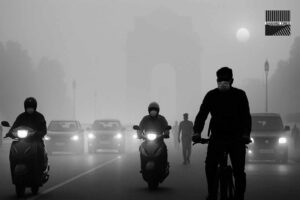



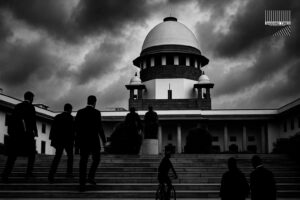






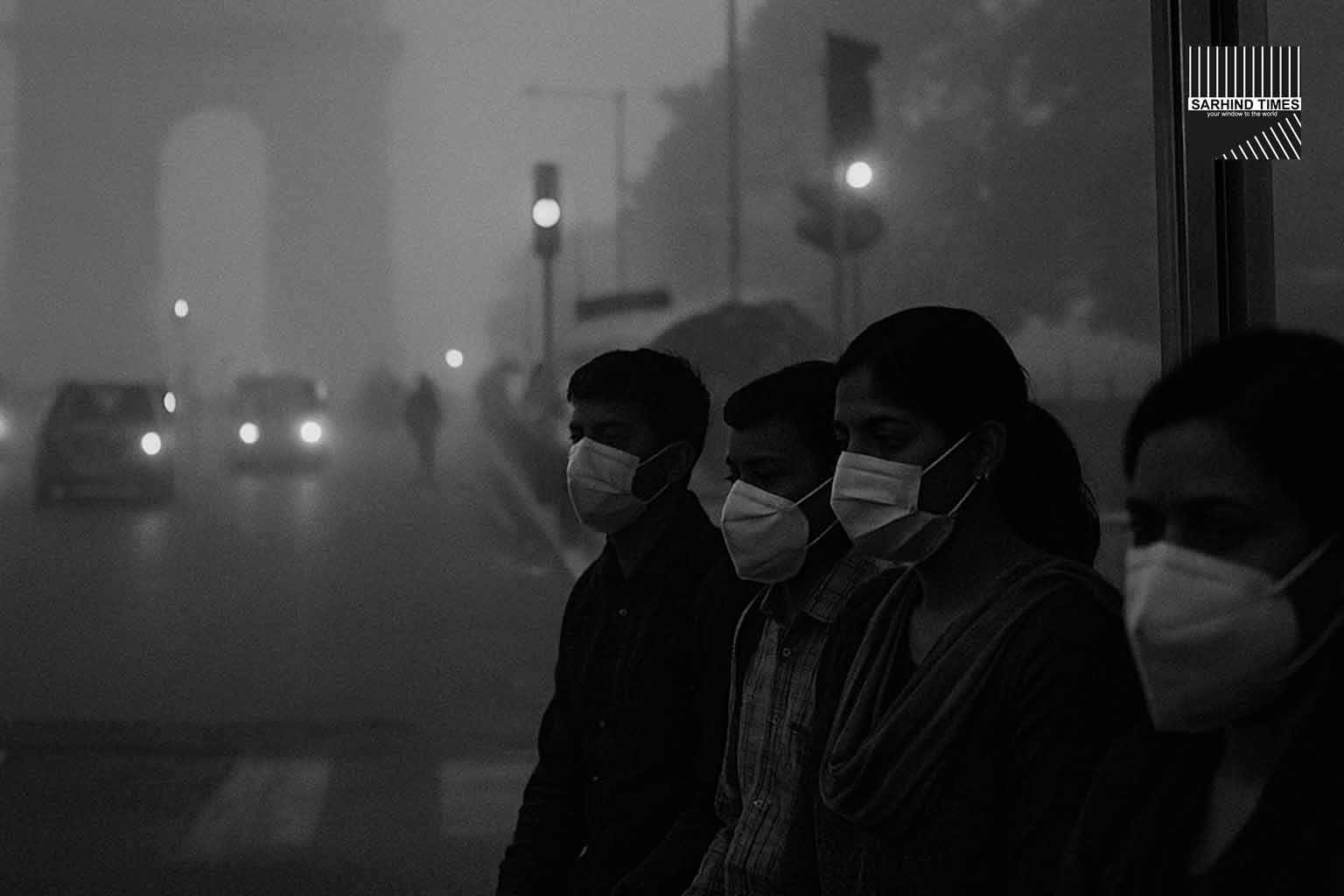
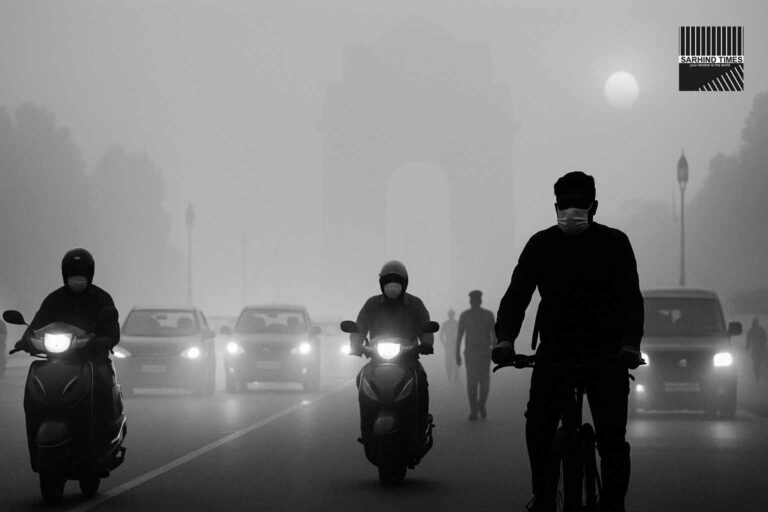
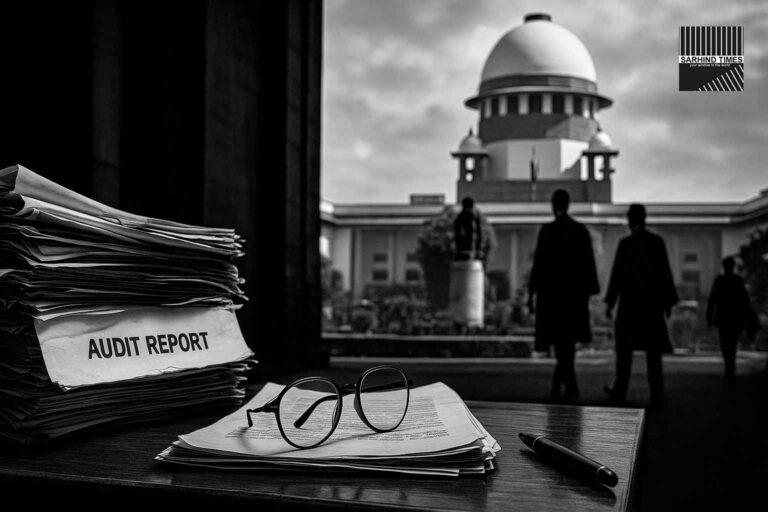
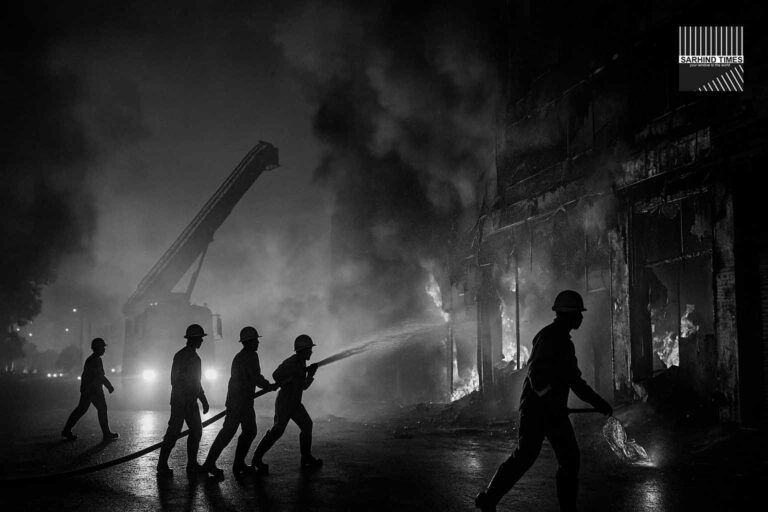
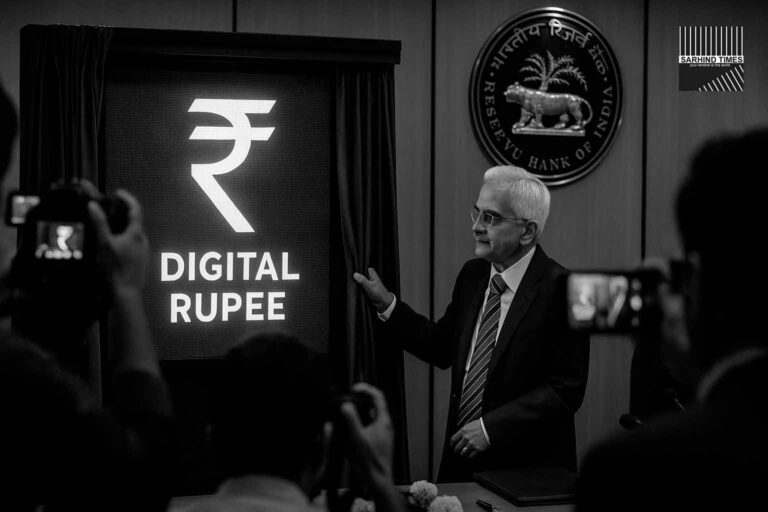
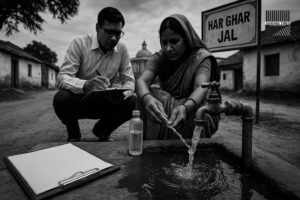


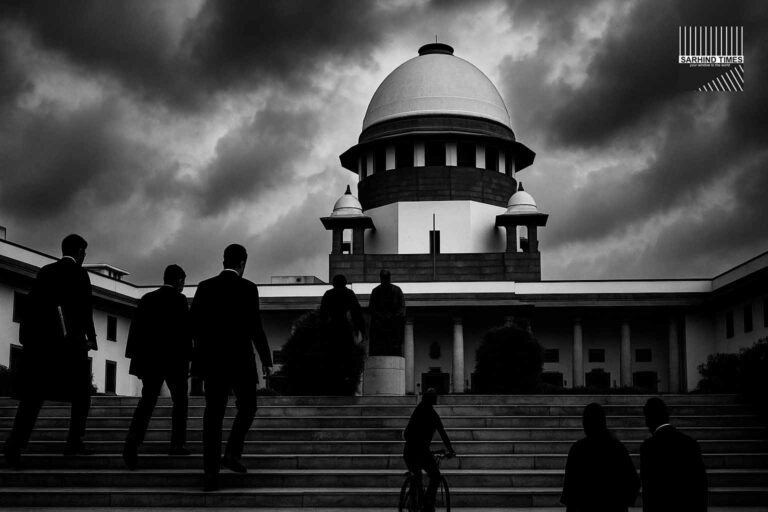
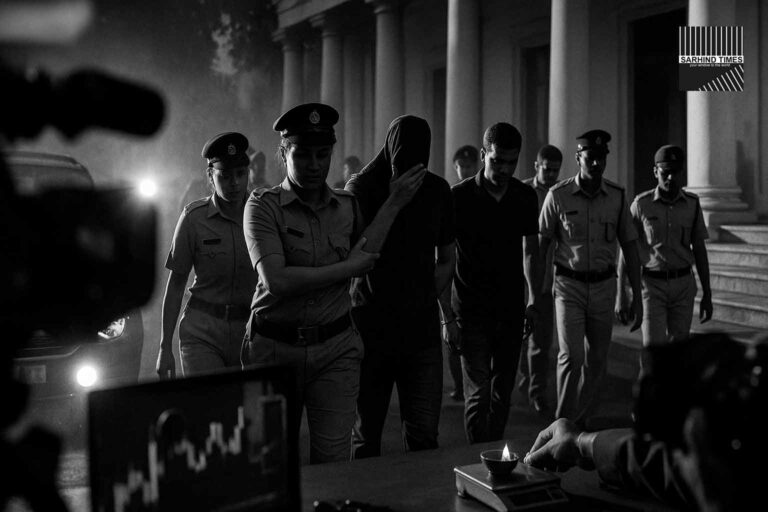

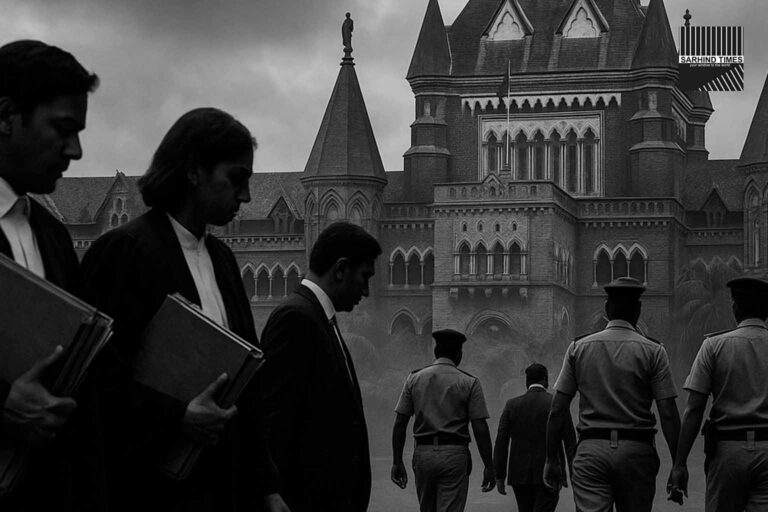
+ There are no comments
Add yours